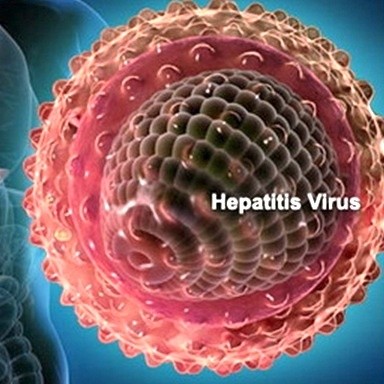Is Worcester Ready to Handle Toxic Algae in Drinking Water?
Wednesday, August 06, 2014

cyanobacteria
Many concerned citizens throughout the nation are turning to their city in hopes that a plan in place incase the algae begins to bloom in their local drinking water supply. The good news for Worcester residents is that plenty of testing goes on to ensure drinking water is clean for consumption.
“Our folks believe that Worcester will not have an issue with cyanobacteria,” said Ed Coletta a Press Secretary for the Massachusetts Department of Environmental Protection. “They do a lot of work to protect the surface water as well as do an awful lot in the treatment process.”
Additionally, the city of Worcester has two inactive wells and two inactive reservoirs in case of emergency. The primary concern with cyanobacteria is that when it blooms, it releases toxins into the water, which can cause skin and eye irritation, gastrointestinal symptoms, and liver or neurological damage.
Developing a Procedure
While Worcester – a city that gets its drinking water from 10 different sources from surrounding towns – may be more equipped to handle cyanobacteria and other pollutants in drinking water, other cities with lesser resources may not.
The Massachusetts Department of Environmental Protection, as well as the Environmental Protection Agency are working to put together some form of guidelines that individual cities could work with in order to test for cyanobacteria in the future.
“There is currently no requirement for algae testing in the state of Massachusetts,” said Coletta. “We are working to develop a guidance procedure in accordance with the state Department of Public Health. Some cities already do testing on their own. Additionally, the EPA is also considering examining cyanobacteria as a subject for a nationwide assessment test.”
Other Bodies of Water

Indian Lake
This lake isn’t used for drinking, but plenty of people have used it as a spot to cool off in the hot summer months. On July 10th however, the lake was closed indefinitely by the city in fear of the algae levels rising to unsafe levels.
While the city and the Indian Lake Watershed Association have been working to lower the levels of blue green algae – a combination of having a cool spell with lots of rain and treating the water with copper sulfate works best – the lake still remains closed to visitors for at least a little while longer.
“You have to have four days of clear testing,” said Bob Gates, the President of the Indian Lake Watershed Association. “The algae count right now is around 480,000 cells per milliliter but it needs to be around 70,000. We are working with the city right now to create a long term solution for this problem; I have been trying to keep this lake clean since 1958.”
Related Slideshow: The History of Disease Outbreaks in New England
Related Articles
- NEW: Worcester Boil Water Advisory Still In Effect on Wednesday
- NEW: Worcester Boil Water Order In Effect Until Further Notice
- NEW: Worcester Boil Water Advisory Lifted
- Water Main Break Reveals Worcester’s Crumbling Infrastructure
- Ticking Time Bomb: Cost to Upgrade Worcester’s Water Mains in the Hundreds of Millions
- NEW: Worcester Water Expected Back on by 8AM
- Worcester Bar Hopping: Park Ave. vs Water St.
- Worcester’s Indian Lake Closed Indefinitely over Health Concerns
- Westborough Gets $24M for Wastewater Treatment
- BREAKING: MIT Reports Officer Shot - Explosions Reported in Watertown
- Alexanderia the Great to Perform Underwater Escape Act at Girls Inc
- NEW: Worcester Shuts Off Water for Entire City After Water Main Break
- More Worcester Sharks Firings: Blood In The Water
- NEW: Leicester Water District Gets Relief for $1.7 Million Payments
- One Third of Worcester’s Water Mains Still In Need of Repair
- West Boylston’s Lynn Babineau Paints Intricate Watercolors
- Landscape Now: Upgrade Your Landscape With A Water Garden
- Clark LEEP Students Intern at Providence’s WaterFire
- Ex-Rep. Fresolo Tests Comeback Waters With Fundraiser
- Landscape Now: Winter Prep for Your Lawn, Water Features and Ponds
- Victoria Waterman: 14 To Watch in Central Mass in 2014
- Leading in Central MA: Girls, Inc. CEO Victoria Waterman
- Landscape Now: How + When To Water Your Yard
- EXCLUSIVE: The Top 25 Water Users in Worcester
- Worcester’s Watergate Connections
- Family Matters: Keeping Kids Safe in the Water
























Follow us on Pinterest Google + Facebook Twitter See It Read It